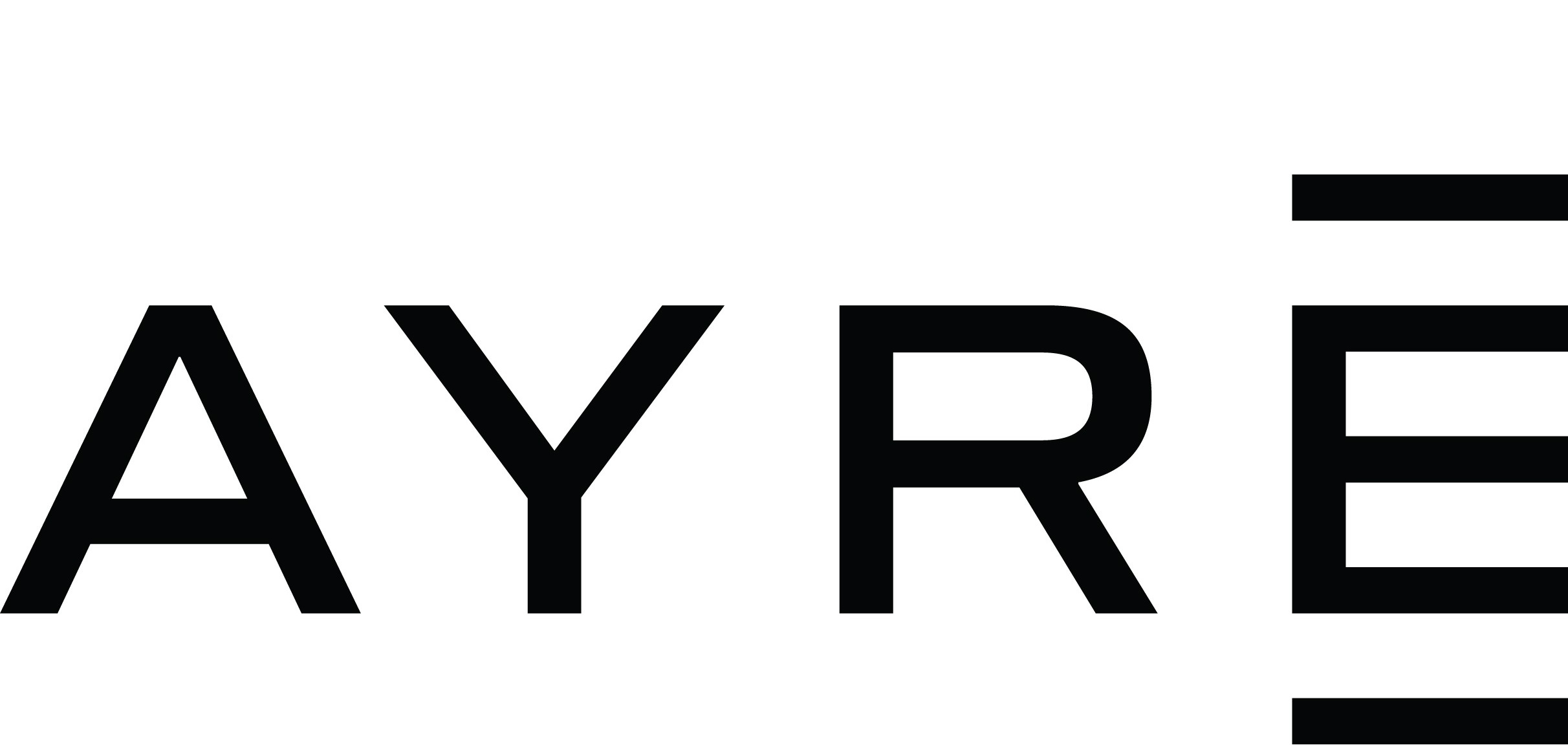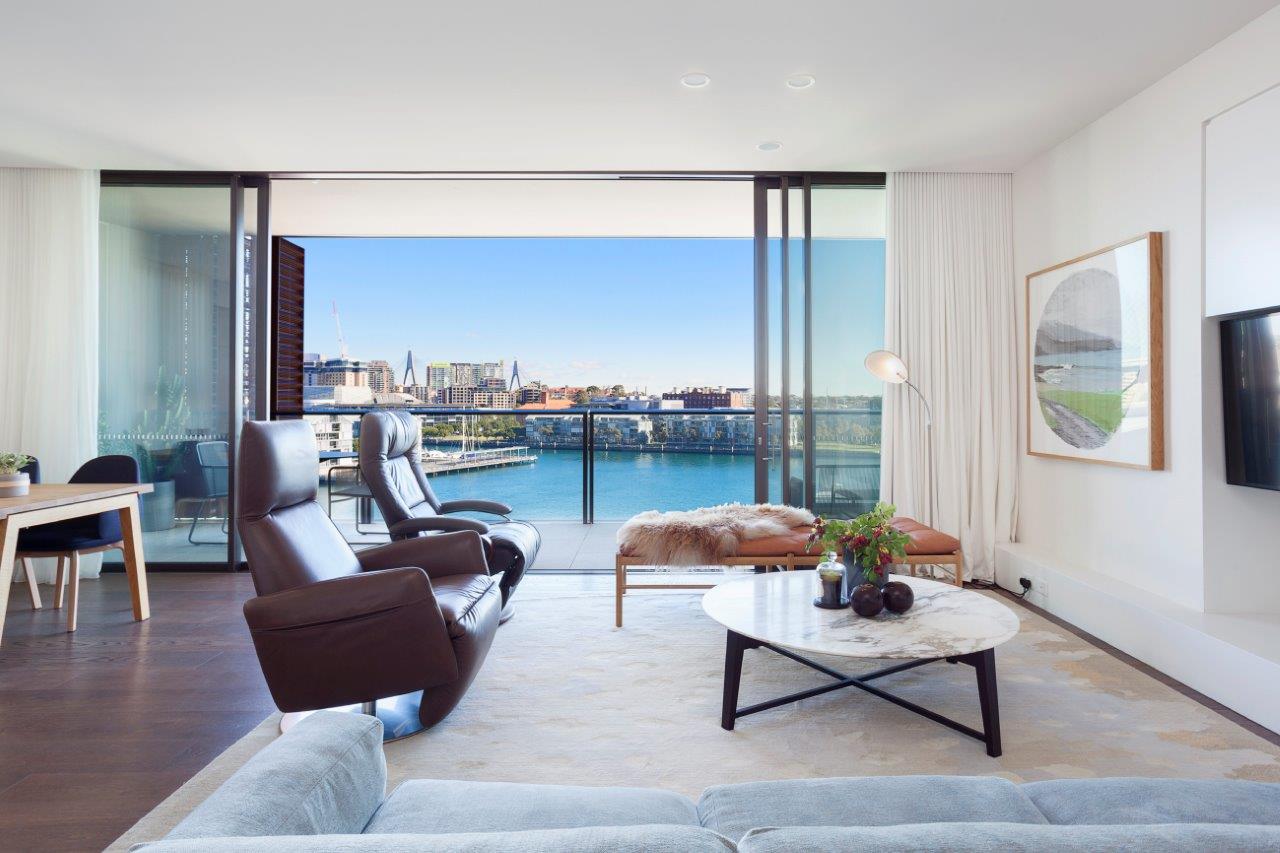The Real Cost of Vacancy
When it comes to investing there’s no point jumping into the market without understanding the key drivers shaping both landlords’ and tenants’ choices. In order to make informed decisions, the need to assess where the value opportunities are is a given. Similarly, being able to identify when your investments aren’t reaching their full potential is equally essential. An area investors sometimes overlook is the cost of vacancy. While it’s encouraged for investors to achieve the best rental rate, sometimes the time required to achieve this is counter intuitive. Find out the real cost of vacancy and see if waiting it out is worth it!
01. The Cost
What does the cost of vacancy mean as an investor? Firstly, we always strive to achieve the maximum return and best offer for our clients as we understand that due to repayments and other associated costs lowering your asking price isn’t an appealing suggestion. However, the real cost of vacancy can quickly eat up the differentials. Let’s do some quick numbers on a $1000 per week property. If leased for a 12-month period the gross rental income is $52,000. However, if this property remains vacant for the first two weeks of that year the gross income drops to $50,000. Therefore, if the property was leased for $962 per week in the first week, the gross outcome would be the same. In other words, sometimes a slightly lower offer from a great tenant will yield the same return as waiting another week or two for a full price offer, so make sure you do your sums.
02. Set the Market
This is an opportunity, especially in newer buildings, to become a market leader. For instance, the luxurious One30 Hyde Park building that recently settled. This is a fantastic building in an amazing location with high quality finishes, however many properties were on the market for many weeks, even months, post completion. It was the savvy investors who took a slightly lower but advantageous rent initially that leased their property quickly. They will now be the first properties back on the market for the next rental cycle, which is a major advantage as there will be limited availability at the time, allowing those owners to re-set the market and seek higher prices.
03. Furnished vs Unfurnished
In some markets it’s beneficial to offer a property furnished to increase yield and reduce vacancy. Companies like Vault Interiors do an incredible job with turn-key packages for almost any budget. These packages may be tax deductable and can help you increase your yield. Going overboard may not be wise as items are subject to wear and tear, but you also need to meet the expectations of the target demographics. Always discuss this with your agent before filling up your investment property with furniture; location, target renters and comparative properties should all be considered.
04. The Bottom Line
The rental market fluctuates and is always changing, things like the time of year, general stock levels and the settlement of new developments nearby can all impact the rental rate for your property at any given time, considering the real cost of vacancy is important. The key is to have an open dialogue with your property management team. They are on the ground and up to date with market conditions and will be best paced to advise you on the current market rent and tips for reducing your vacancy period.
We are for apartments.
If you are considering buying or selling your apartment in Sydney city or its surrounds, we would love to help you. Ayre Real Estate are specialists in apartment living and ready to help find your ideal property. Talk with us today to find out more.



